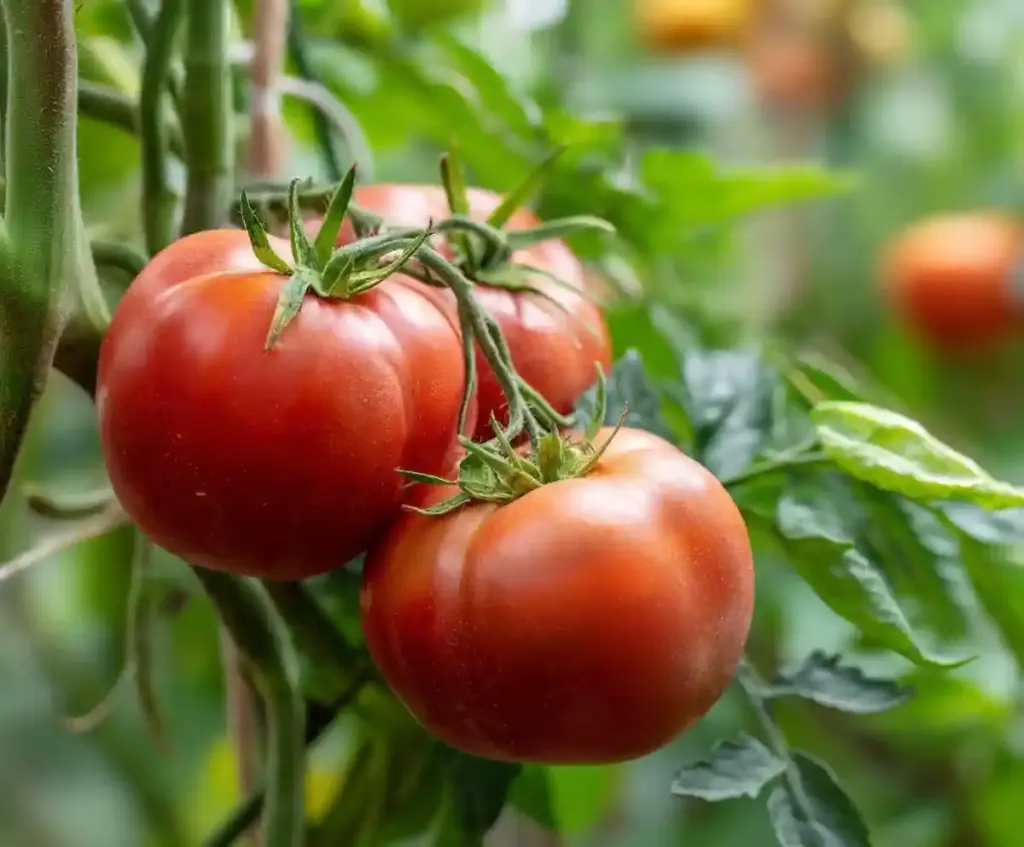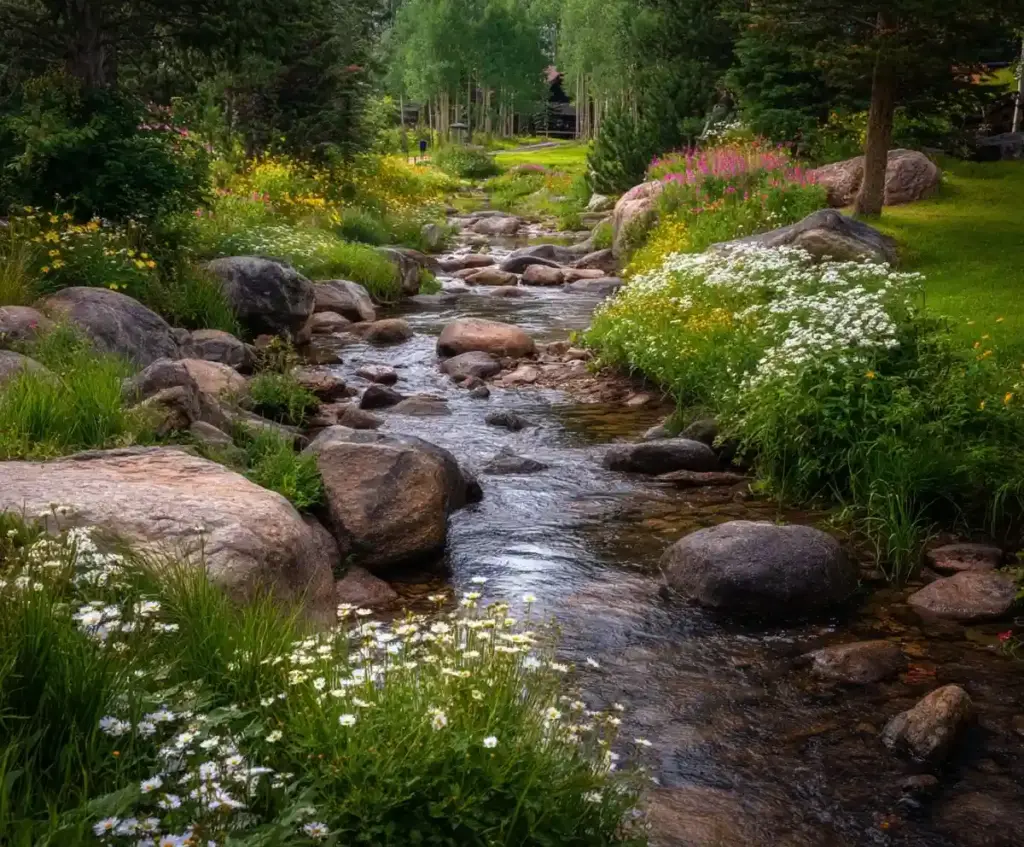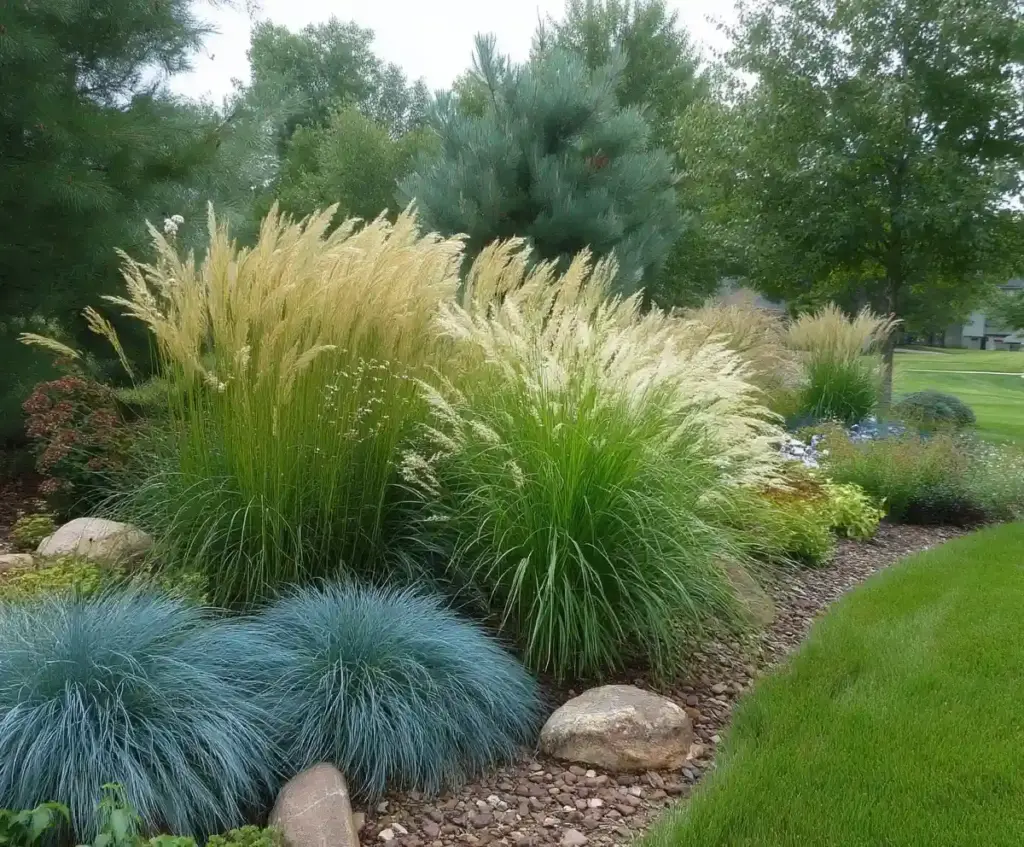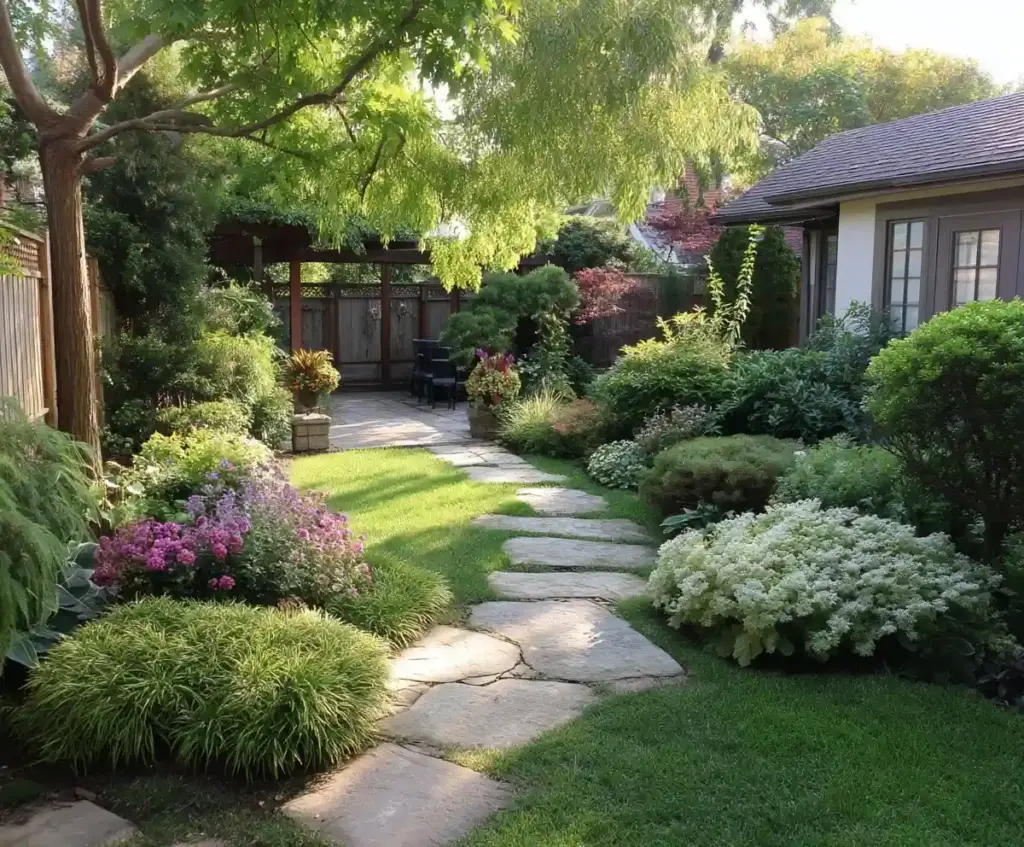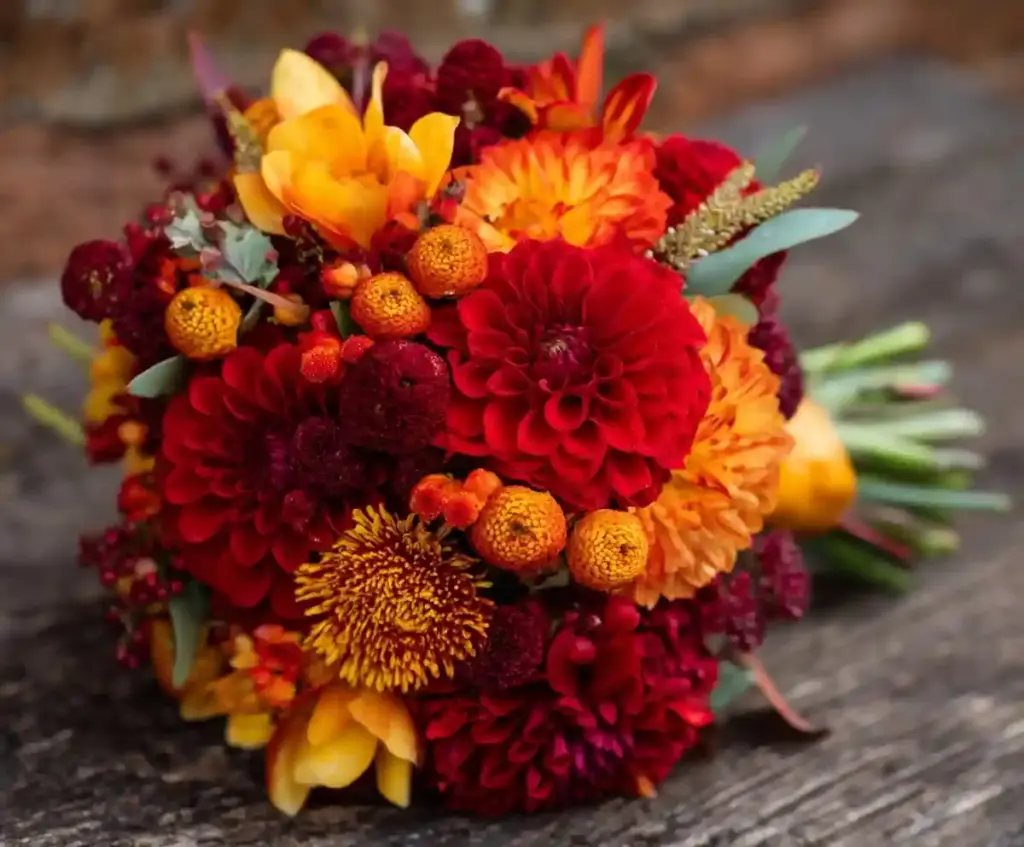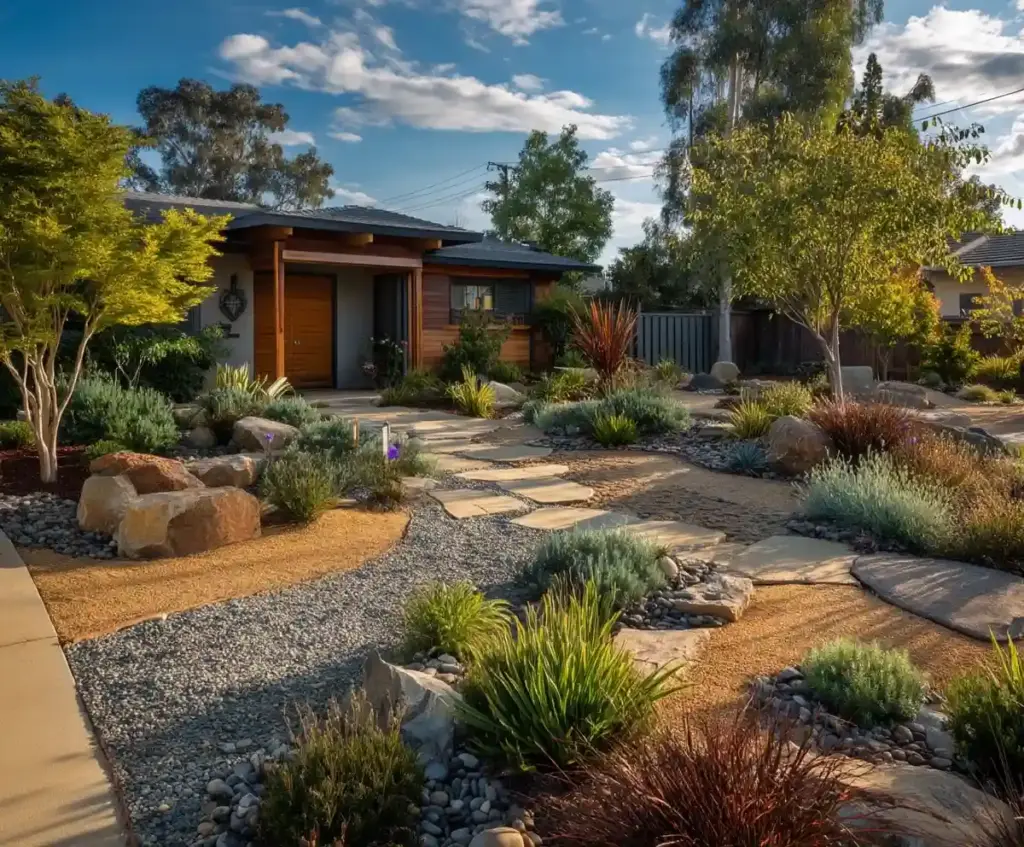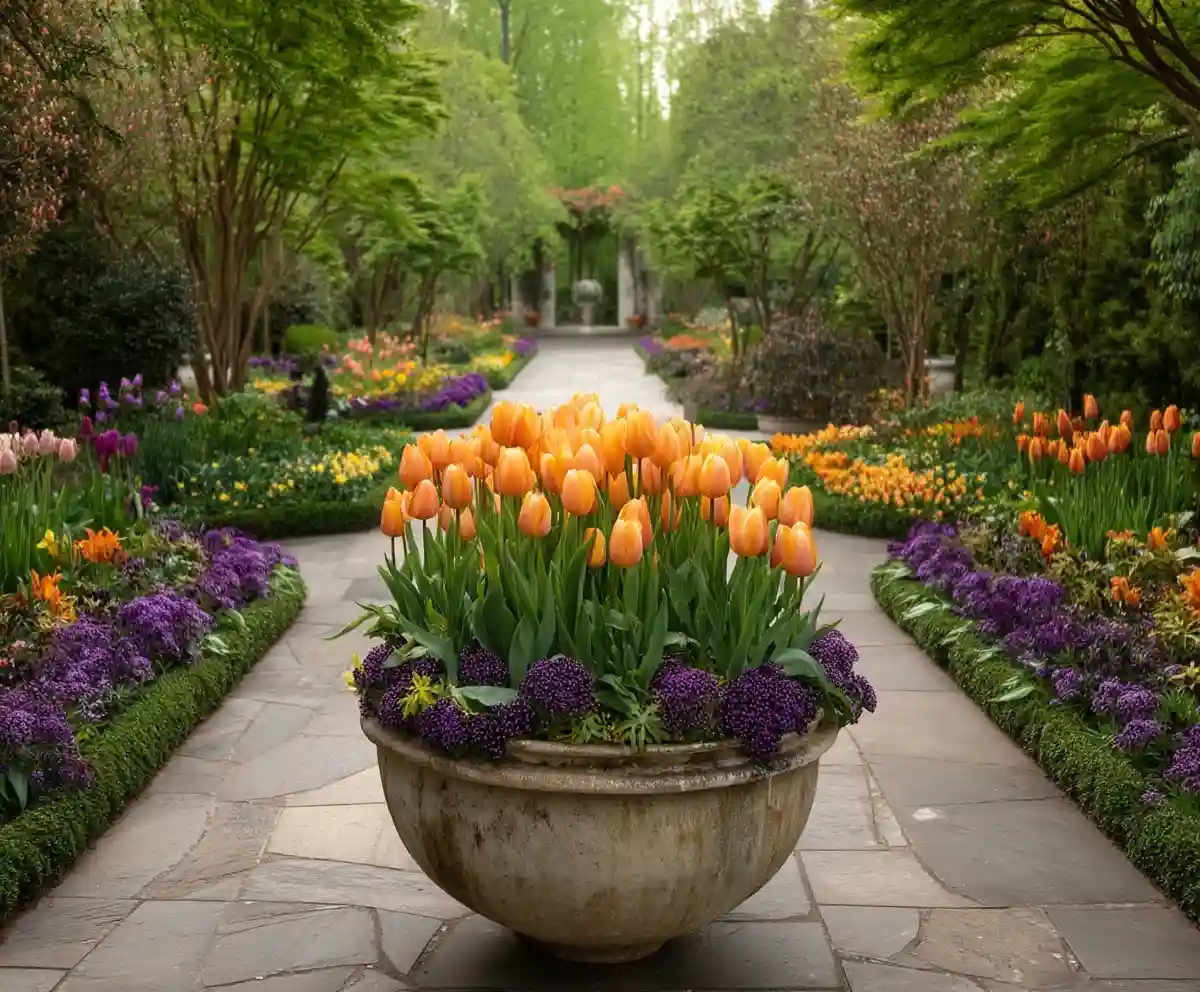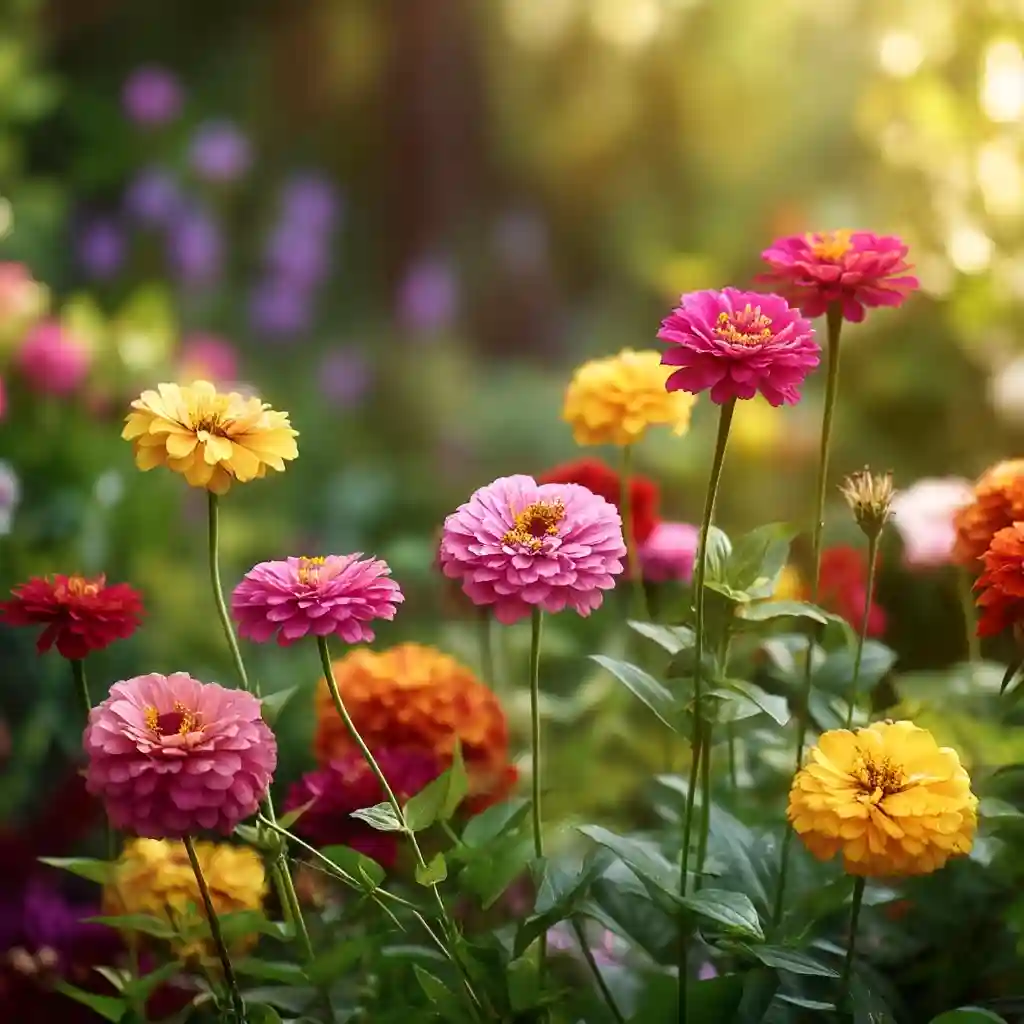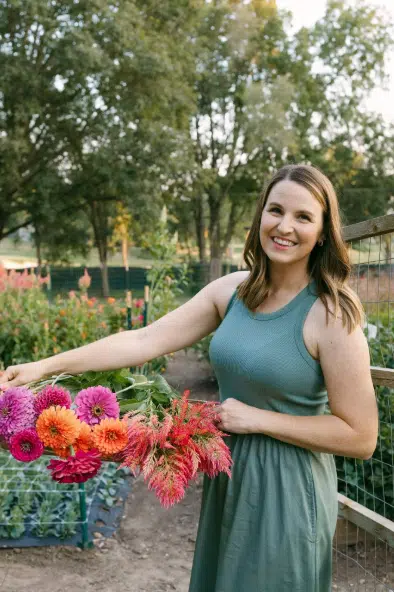Cut flower garden ideas can transform any outdoor space into a living canvas bursting with color, fragrance, and texture. Unlike a typical flower bed, a cut flower garden is designed with one purpose in mind — to provide a steady supply of blooms you can snip and bring indoors without diminishing the garden’s beauty. Whether you have sprawling grounds or a cozy corner, you can create a vibrant, ever-changing display that reflects your personal style. By combining different heights, bloom times, and color palettes, your garden becomes both a source of joy outdoors and a treasure trove of fresh arrangements inside.
Table of Contents
1. A Colorful Garden Oasis
Creating a colorful garden oasis starts with mixing blooms that complement and contrast each other. Think bold reds, sunny yellows, and rich purples set against lush green foliage. Arrange your plants in layers — taller varieties like sunflowers or hollyhocks at the back, mid-height blooms such as zinnias and dahlias in the middle, and low-growing flowers like marigolds or alyssum in front. This layered approach ensures every plant gets its moment in the sun while creating depth and texture in the overall design. Add curved stone paths or stepping stones to invite gentle strolls through your blooming haven, making your cut flower garden as enjoyable to walk through as it is to harvest from.
2. Pink and White Flowers in a Garden
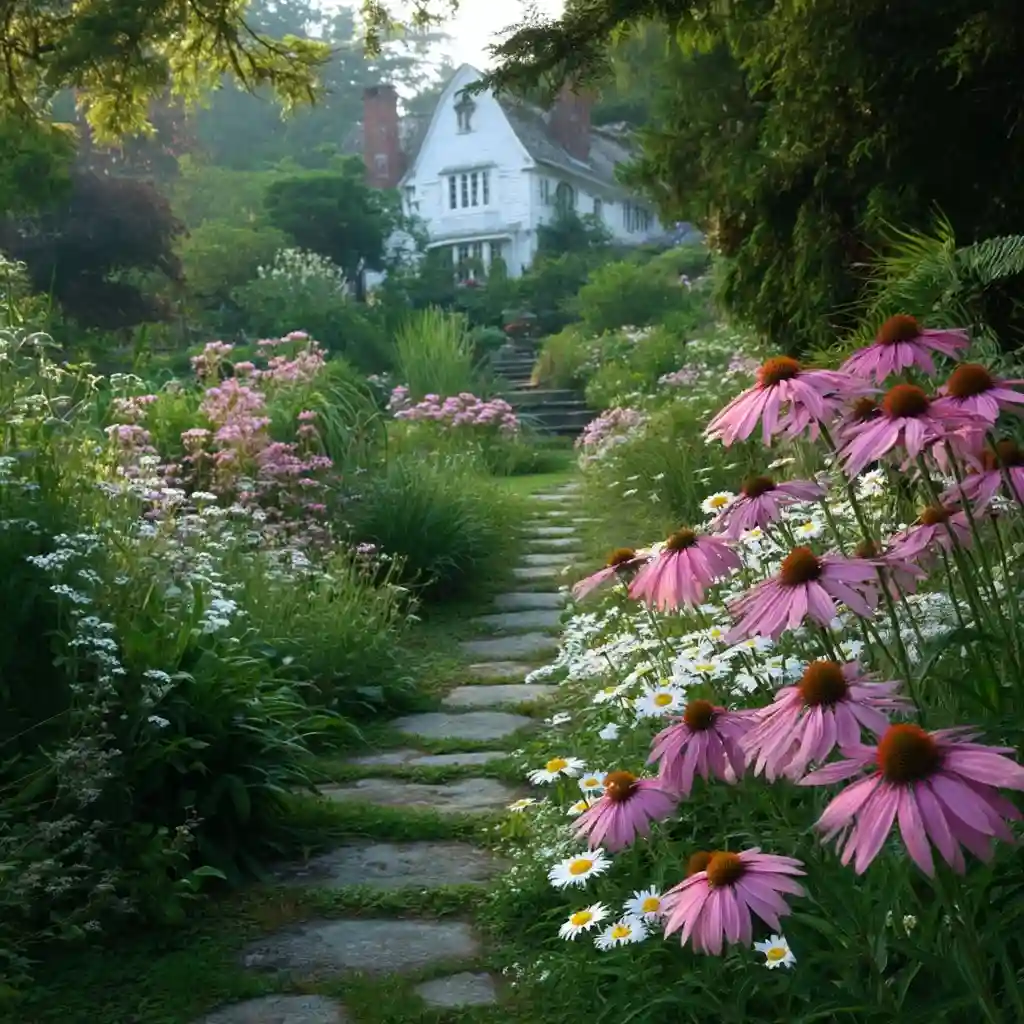
Soft pinks and crisp whites create a timeless, romantic atmosphere in any cut flower garden. Coneflowers, cosmos, and daisies in these shades blend beautifully, offering both visual harmony and a gentle fragrance. Plant taller varieties, like foxgloves or delphiniums, at the back to form a graceful backdrop. In front, cluster shorter blooms such as pink dianthus or white alyssum to fill gaps and add texture. A winding stone pathway weaving through these plantings not only makes maintenance easier but also enhances the sense of tranquility. This color pairing is especially striking in early morning or evening light, when the soft tones seem to glow naturally.
3. A Garden Oasis
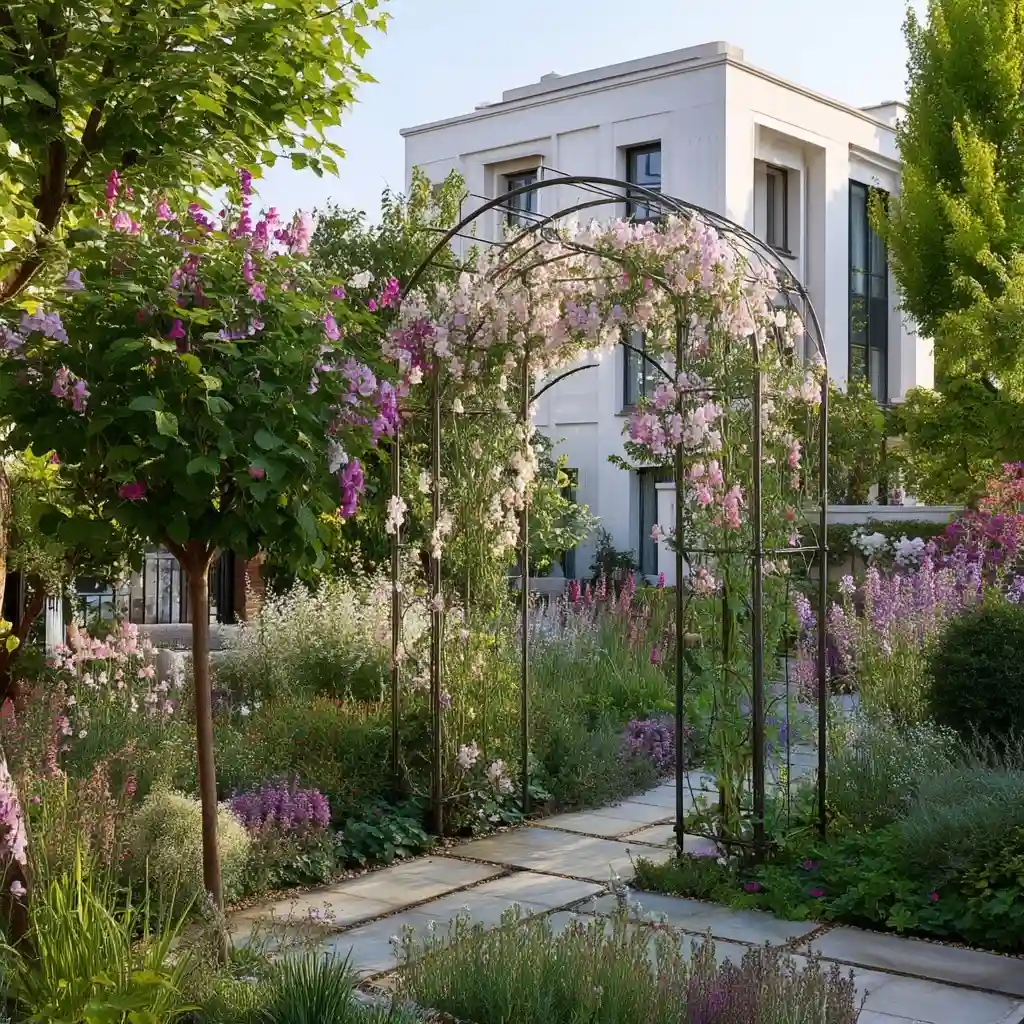
A true garden oasis combines structure with natural beauty, and trellises are the perfect way to achieve that. Using a metal trellis for climbing flowers such as sweet peas or clematis adds vertical interest while maximizing space. Choose blooms in shades of purple and pink to create a soothing yet vibrant focal point. Surround the base with low-growing companions like lavender or marigolds to cover bare soil and deter pests. Place your trellis where it can frame a view — perhaps near a patio or window — so you can enjoy the sight and scent of your flowers both indoors and out. With thoughtful planting, your trellis becomes a living sculpture in your cut flower garden.
4. A Garden Oasis of Color and Fragrance
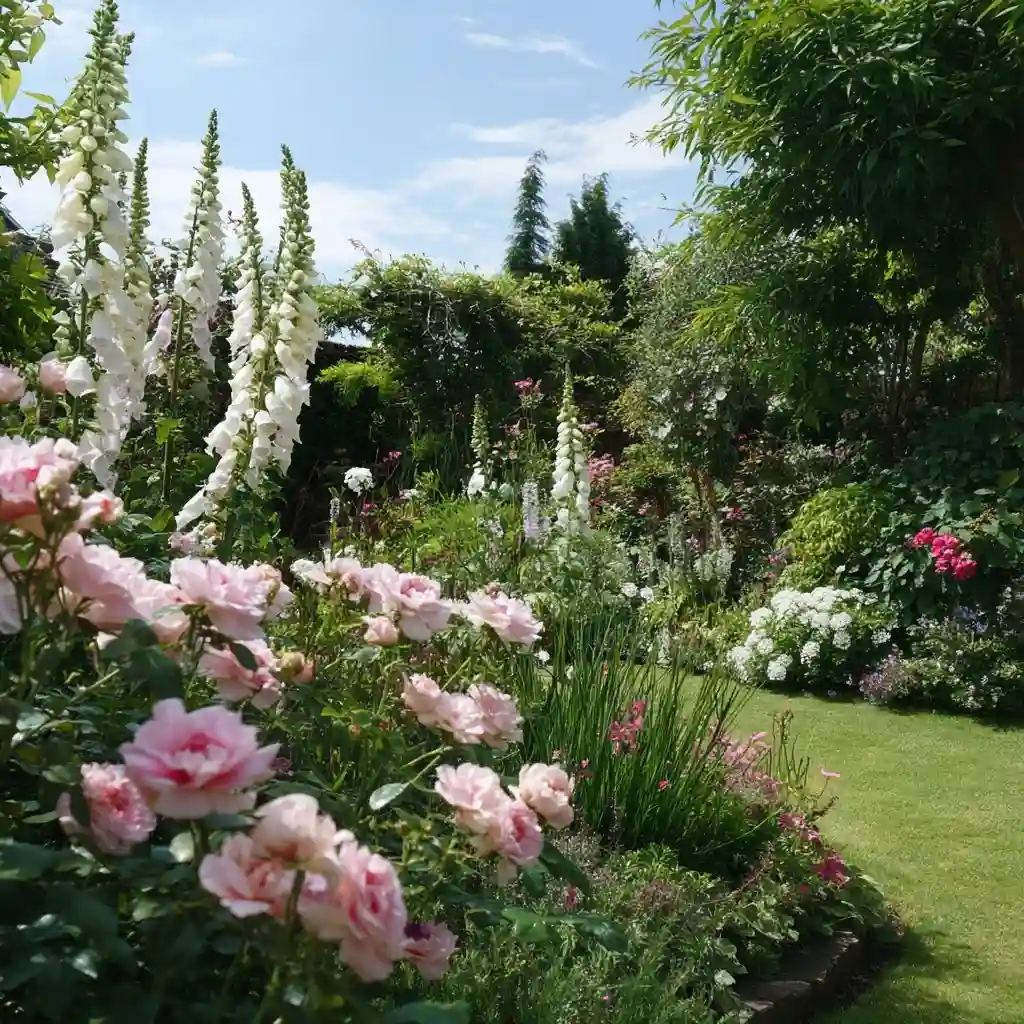
For a cut flower garden that engages every sense, combine blooms known for both beauty and scent. Roses are the obvious choice for fragrance, and pairing them with tall foxgloves adds height, elegance, and variety in texture. Place fragrant flowers where you’re likely to pass often — along a walkway, near an entry, or beside a seating area — so their scent becomes part of your daily routine. Keep colors harmonious by pairing soft pinks, whites, and creams, or go bold with deep reds alongside pale pastels for contrast. Regular deadheading will keep the display fresh, ensuring you always have a mix of buds, blooms, and scents ready for cutting.
5. A Colorful Garden in Bloom
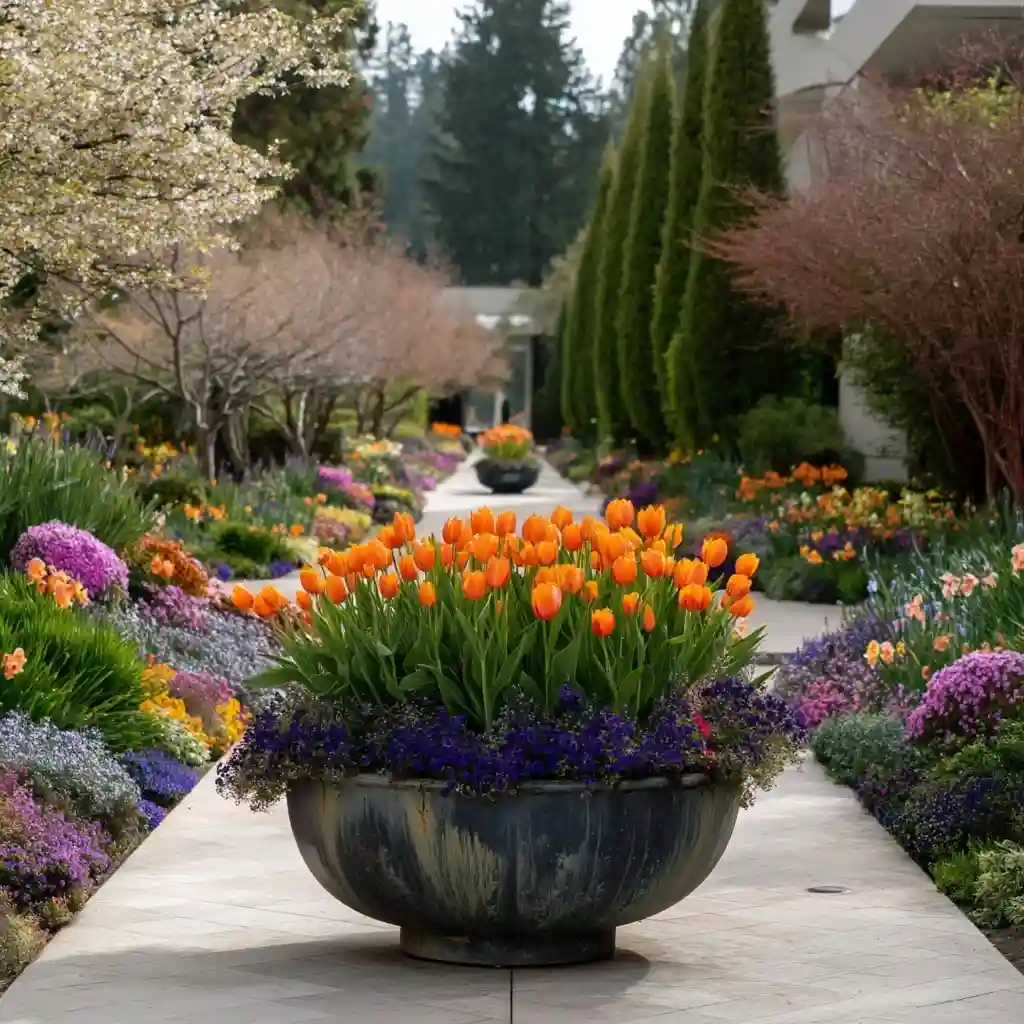
A garden in full bloom is a feast for the eyes, and incorporating containers into your cut flower garden design adds flexibility and charm. Use large planters for showy blooms like tulips or dahlias, mixing colors such as orange, purple, and yellow for a vibrant focal point. Surround these planters with in-ground beds of complementary flowers to create seamless transitions between container and soil plantings. Paths lined with seasonal blooms not only guide visitors but also make harvesting easier. By rotating container plantings each season, you can keep your garden fresh and colorful year-round, ensuring a continuous supply of cut flowers for your arrangements.
6. Purple and Pink Flowers Blooming in Front of a Window
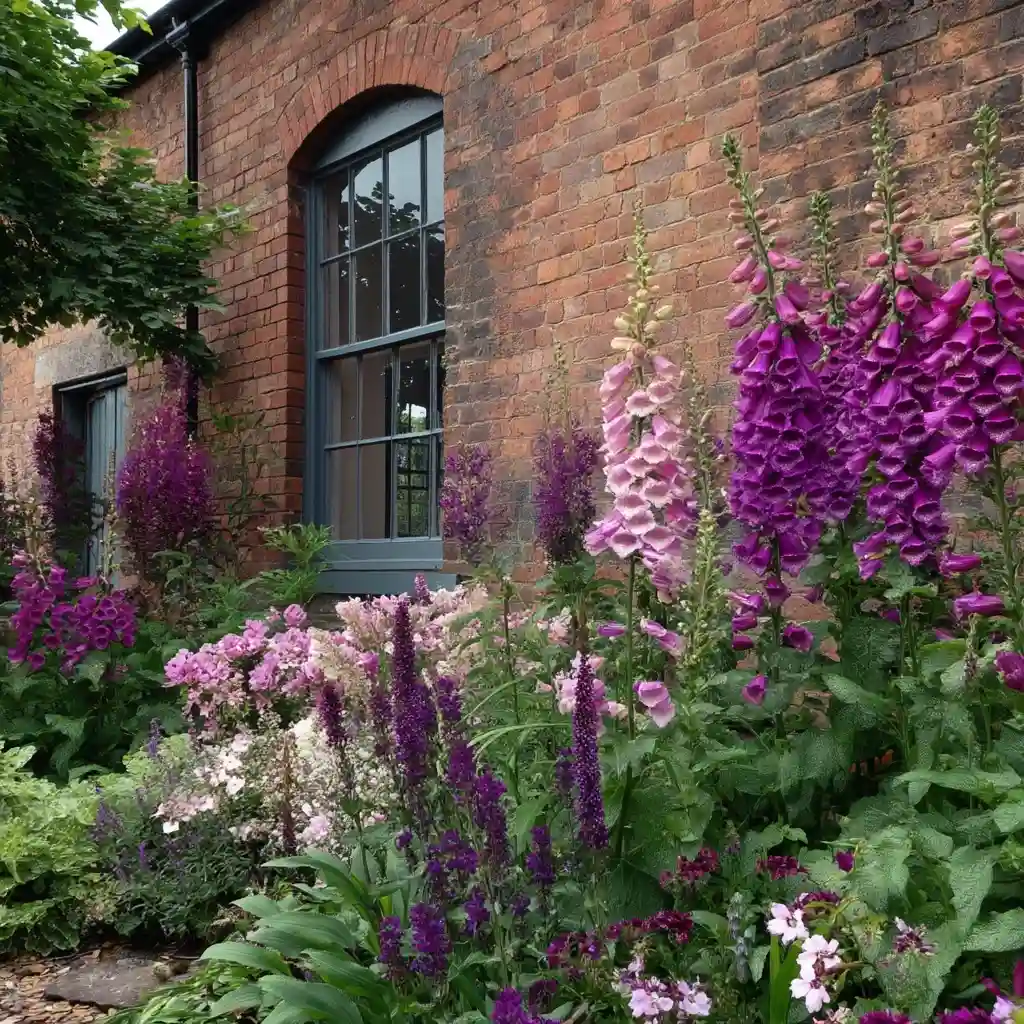
Positioning your cut flower garden near a window lets you enjoy its beauty from both inside and outside your home. Choose flowers with striking hues, like deep purple foxgloves paired with pale pink campanulas, to create a layered, eye-catching display. Taller plants should be placed at the back to frame the window without blocking too much light, while shorter blooms fill the foreground. The contrast of vibrant flowers against the texture of brick or siding enhances their visual appeal. As the seasons change, rotating in new varieties keeps the view dynamic, ensuring your window remains a natural frame for your ever-changing floral art.
7. Garden Oasis in Bloom
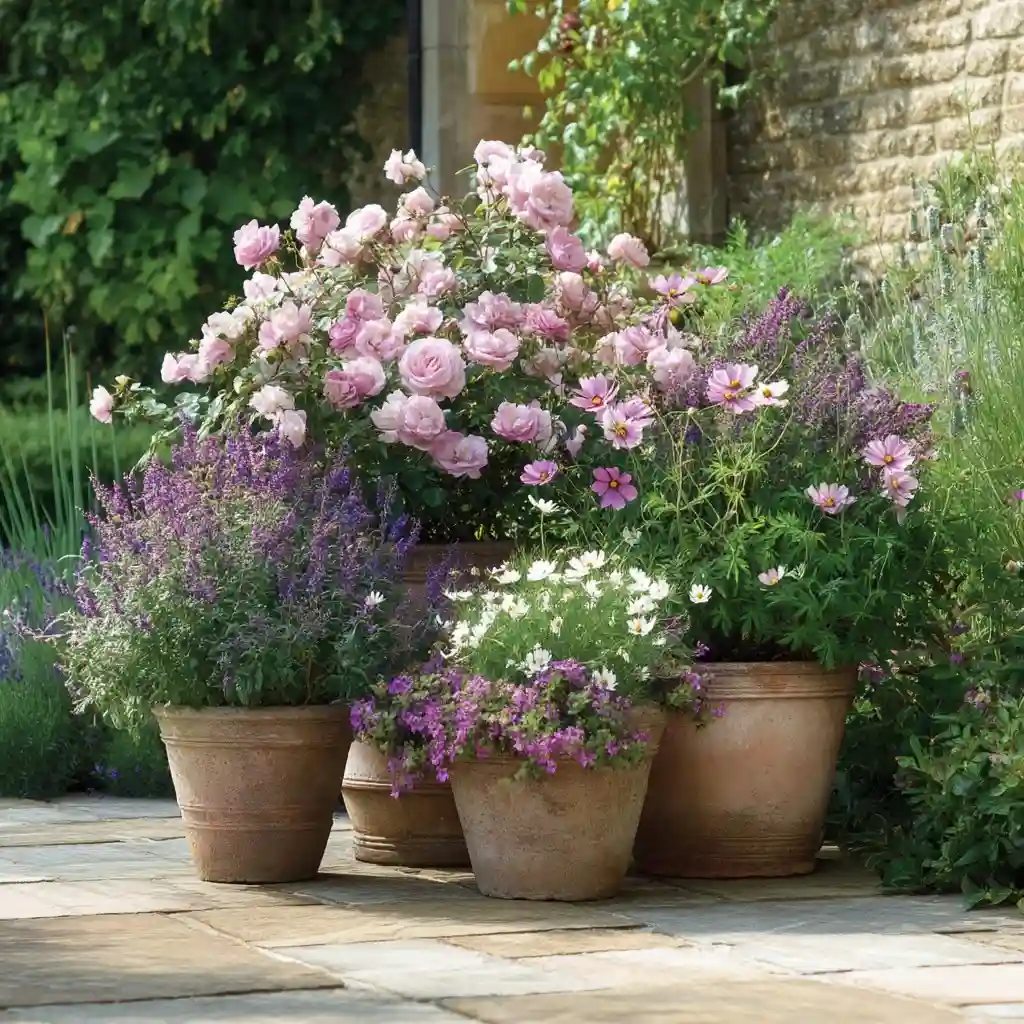
A thriving garden oasis combines a variety of blooms and textures to create visual richness. Using terracotta pots of different sizes adds warmth and a rustic charm while allowing flexibility in arranging plants. Fill larger pots with statement flowers such as pink roses, then accent them with smaller containers holding white daisies, purple salvias, or trailing ivy for movement. Position pots on varying levels — some on stands, others directly on the ground — to create depth. Adding a small water feature nearby enhances the tranquil atmosphere and attracts pollinators, ensuring your cut flower garden remains both beautiful and productive throughout the season.
8. A Colorful Garden Oasis
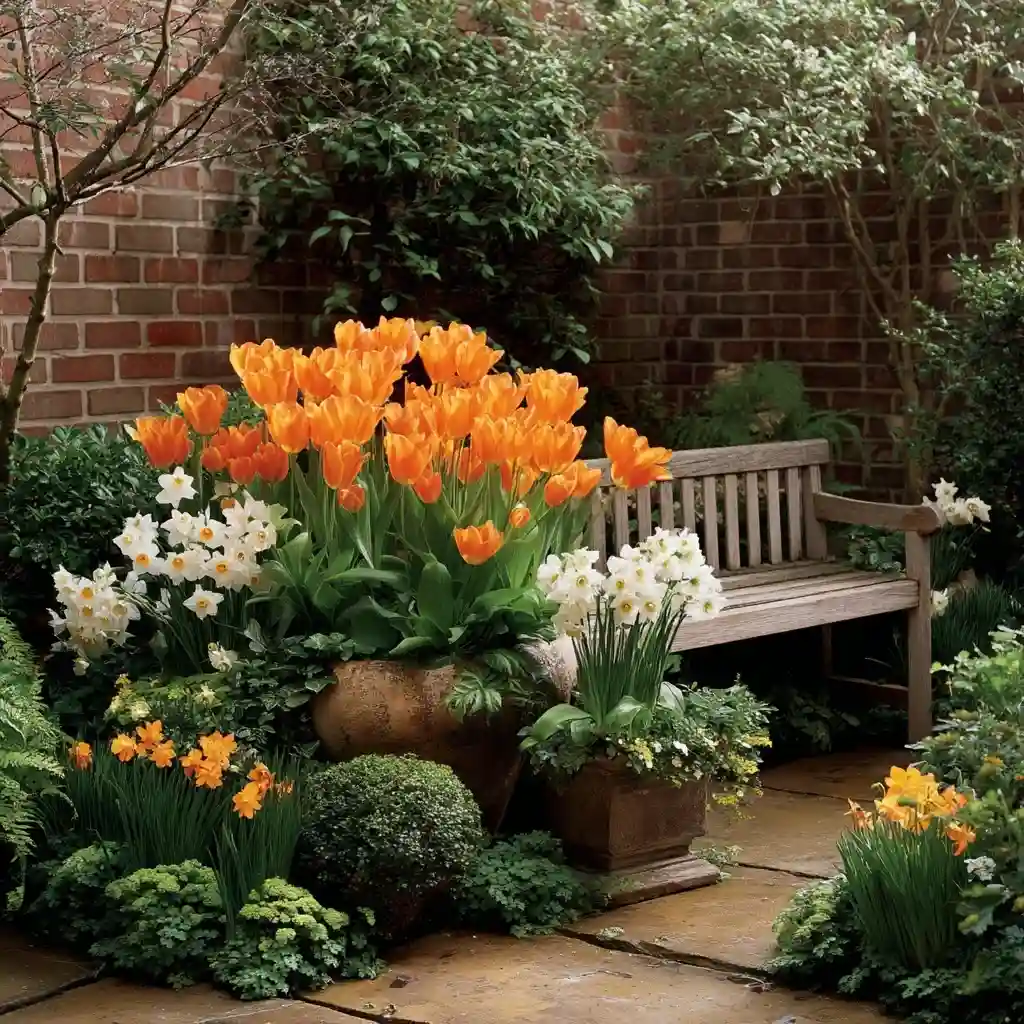
For a compact yet visually striking cut flower garden, group potted blooms in a sunny corner or along a garden bench. Select vibrant varieties like orange tulips, bright daffodils, and white anemones to create a dynamic mix of colors and textures. Arrange pots so taller plants anchor the back, with shorter blooms cascading forward. Using a variety of container shapes and materials — ceramic, terracotta, or even weathered wood — adds personality and interest. This setup is easy to refresh each season, allowing you to swap in new blooms as they come into peak, keeping your garden display lively and your vase filled year-round.
9. A Field of Dahlias in Full Bloom
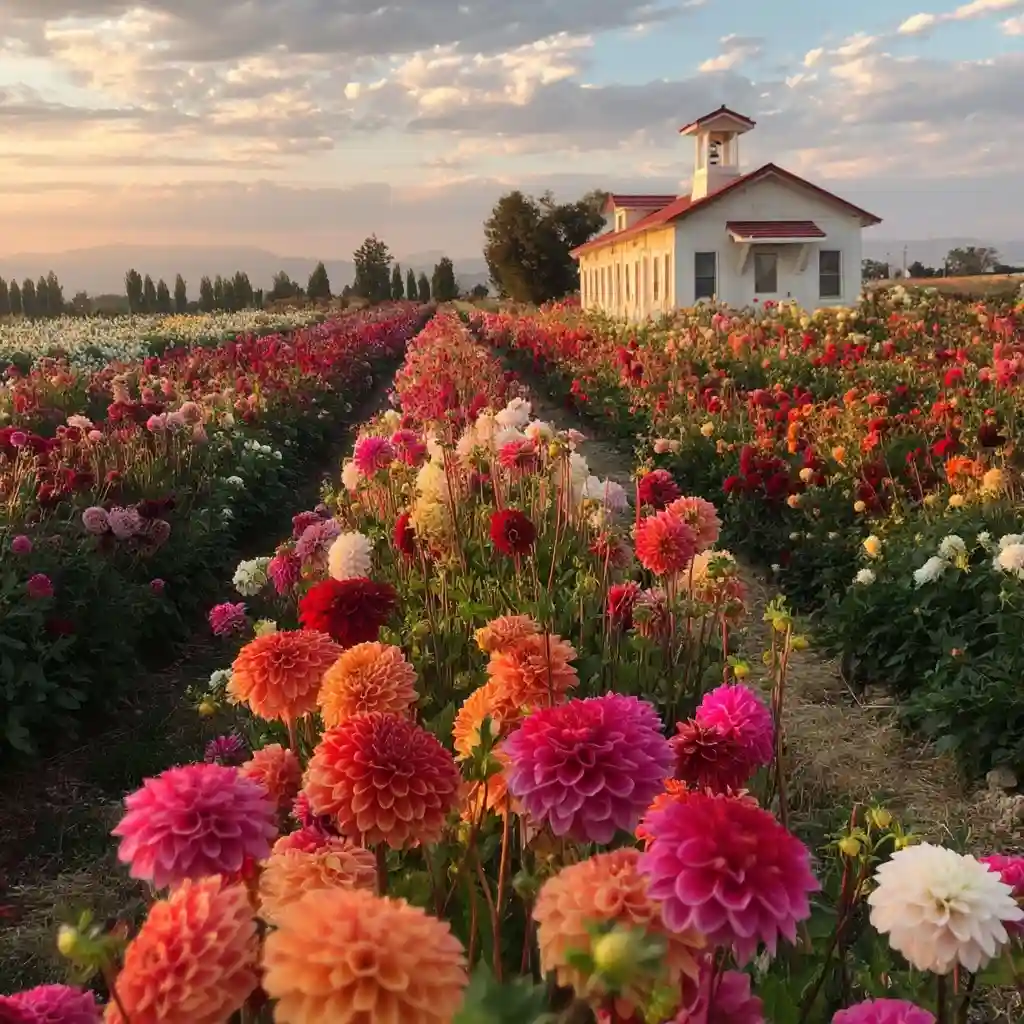
Dahlias are a showstopper in any cut flower garden, offering an incredible range of colors, shapes, and sizes. Plant them in neat rows for easy access when cutting, and space them generously to ensure healthy growth and airflow. Staking taller varieties will keep stems straight and prevent blooms from drooping, especially after rain. The late-summer flush of dahlias creates a dazzling display, with shades from fiery reds and oranges to soft pastels and pure whites. For long-lasting arrangements, cut stems early in the morning when blooms are just opening, and place them immediately in cool water to preserve their freshness.
10. A Field of Flowers in Bloom
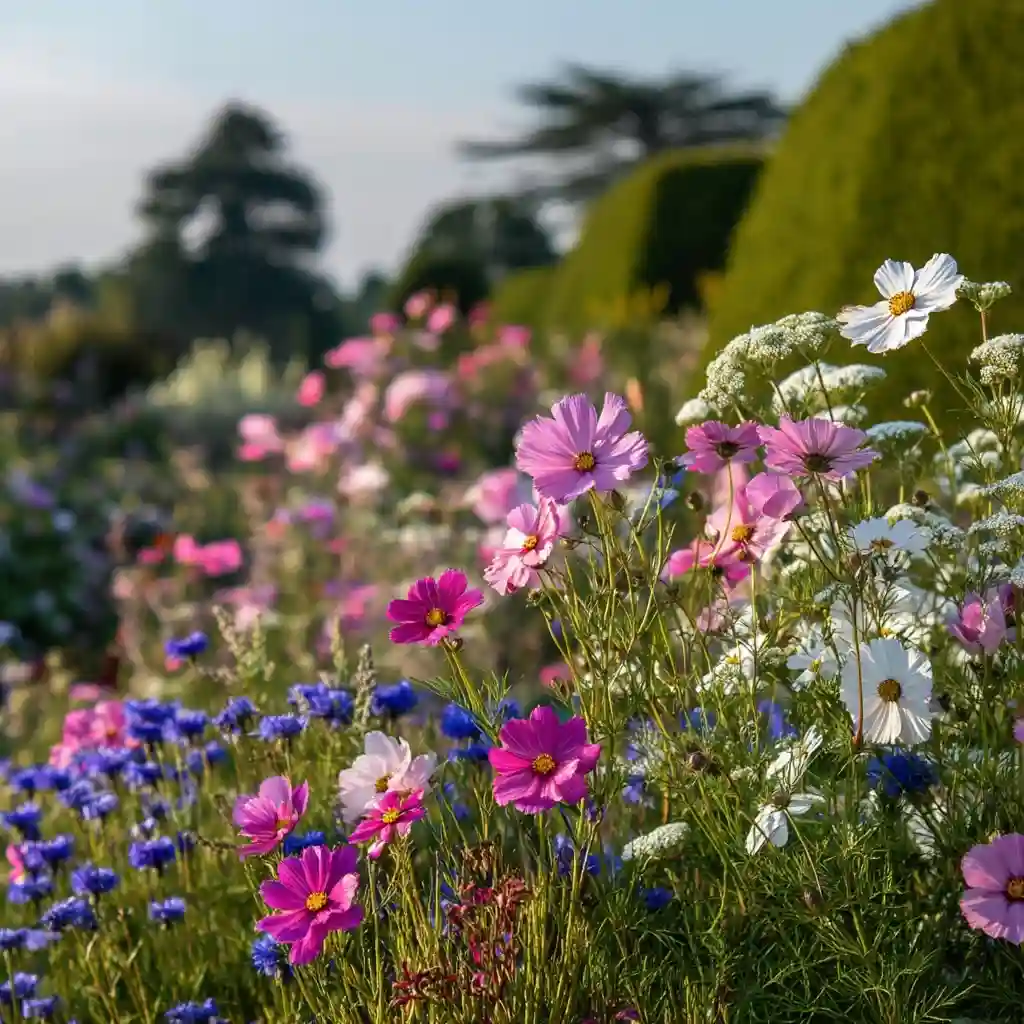
A mixed field of flowers offers endless inspiration for your cut flower garden, providing a variety of shapes, scents, and colors in one sweeping view. Blend annuals and perennials such as cosmos, cornflowers, and daisies in pink, blue, and white for a natural, meadow-like effect. Plant taller blooms toward the center and shorter varieties along the edges to create a gently rolling look. Adding a hedge or fence at the boundary frames the space while protecting blooms from strong winds. This type of planting not only produces abundant stems for cutting but also supports pollinators, making your garden both beautiful and beneficial to wildlife.
Conclusion
Creating a cut flower garden is about more than growing beautiful blooms — it’s about crafting a living source of color, fragrance, and joy that you can bring indoors. With thoughtful plant selection, layering, and seasonal planning, your garden can provide fresh stems for arrangements from spring through fall. Whether you prefer a romantic pastel palette, bold and vibrant colors, or a mix of textures and scents, there’s no limit to the combinations you can try. Every snip from your garden is a reminder of the care you’ve invested, turning your outdoor space into a constant source of beauty and inspiration.
FAQs
What are some of the best flowers for a cut flower garden?
Roses, lilies, sunflowers, dahlias, zinnias, and cosmos are all excellent choices for their beauty, stem strength, and vase life.
How do I maintain a cut flower garden?
Water regularly, fertilize during the growing season, deadhead spent blooms, and keep an eye on pests to maintain strong, healthy plants.
Can I create a cut flower garden in a small space?
Yes — use containers, vertical trellises, and compact flower varieties to make the most of limited space.
What are the benefits of a cut flower garden?
Beyond their beauty, they offer fresh arrangements, attract pollinators, and provide a relaxing gardening experience.
How often should I change the flowers in my arrangements?
Most cut flowers last about a week, but replacing water daily and trimming stems can extend their freshness.
🌿 Love gardening inspiration? Follow me on Pinterest for bold plant ideas, tips, and seasonal color!
More Posts
